
Q. The board is asking me to remove my tree on my property where I’ve lived for over 20 years. I believe it’s the board’s responsibility to maintain or remove the tree, not mine.
In a letter sent to me, they said that they are concerned that the root and branches of the tree, which is in my backyard, is damaging the facade and could break my neighbor’s window due to strong winds. They also said the roots are growing underneath my unit, which can potentially rupture a gas line.
The letter states that if I decide to keep my tree, that I must sign an indemnification letter that says I am responsible for any damages caused by the the roots and branches to my unit and others’, and that the indemnification removes the board from any culpability. The letter also says the board recommends that if I maintain the tree, I should trim the branches and reduce the tree’s height.
Overall, they are recommending that I remove the tree to avoid potential unsafe conditions for myself and neighbors. The board is working on getting an estimate for tree maintenance and removal. So am I obligated to have that tree removed? What recourse do I have if I decide not to?
—Vexed Tenant
A. “The answer will largely depend on the language of the governing documents of the condominium,” says attorney Steven R. Wagner of the Manhattan-based firm Wagner Berkow LLP, “including the declaration of condominium, the bylaws, the house rules and the rules and regulations adopted by the board. There is a wide variety of condominium documents, and few of them specifically address plants and roots. The reason I asked if it was a condo or a cooperative is that the remedies to co-ops and condos are different.
“Generally speaking, the governing documents of a condo do not require unit owners to sign separate indemnification agreements. There is typically language in the condo documents that provide for indemnification in the event a unit owner breaches his or her obligations. It is not unusual for a condo to request a separate indemnification, however, if some activity is undertaken that (a) requires consent of the condo and (b) could result in damages to the building or interfere with the rights of other unit owners. A good example would be alteration agreements that are required when a unit owner alters his/her apartment.
“With regard to the reader’s question, if the condominium documents require the condominium to maintain the tree, then he has no obligation to sign an agreement containing indemnification or exculpating the condominium. If the unit owner is responsible for maintaining the tree under the governing documents, then obviously he will have to maintain it. What is interesting is that rear yards are typically limited common elements, which are common elements limited to the exclusive use of a particular unit owner. The condominium is responsible for the common elements, but when a limited common element is involved, the unit owner who has the exclusive use of the limited common element has the obligation to perform ordinary maintenance repairs and extraordinary maintenance and repairs are the responsibility of the condominium. The most common limited common element would be a balcony or terrace. In the case of a terrace or balcony, the governing documents typically require the unit owner who has the exclusive use to remove snow and ice and to keep the drains clear, and requires the condominium to repair drains, parapets, railings, spalling slabs and the like which are extraordinary or capital in nature.
“In the case of an overgrown tree in the back yard/limited common element, it seems logical that the unit owner would be responsible to trim the tree as part of ordinary maintenance, although this could be debated, depending on the size of the tree. Roots affecting gas lines is extraordinary, and I would take the position that this is the responsibility of the condominium. In the absence of specific language in the governing documents to the contrary, if the tree is overgrown and dangerous (as described), the condominium would be within its rights to remove the tree. This may be why the condominium in question is seeking to have the unit owner sign an agreement indemnifying and exculpating the condominium for the overgrown tree. It is attempting to shift the responsibility to the unit owner, rather than removing the tree.”



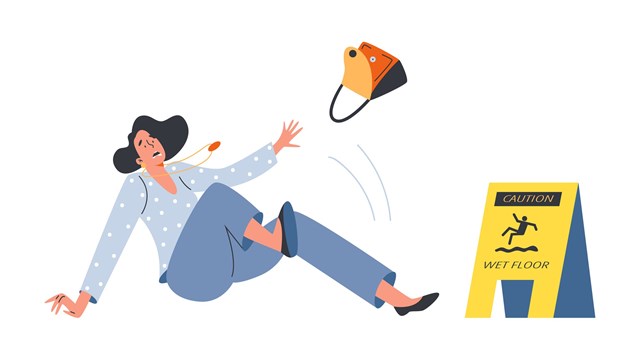
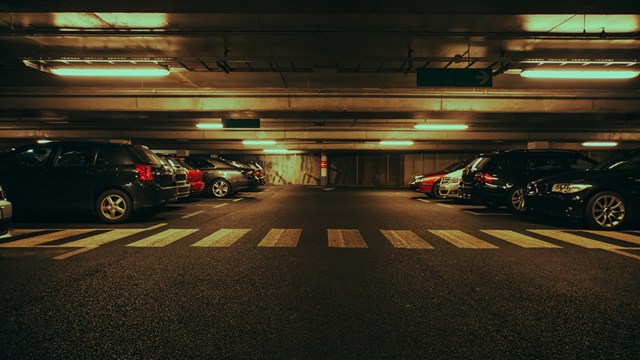
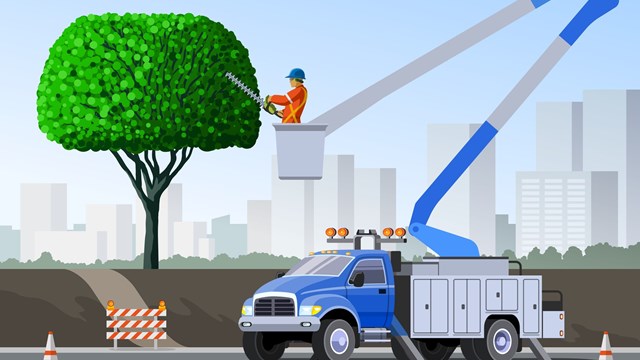
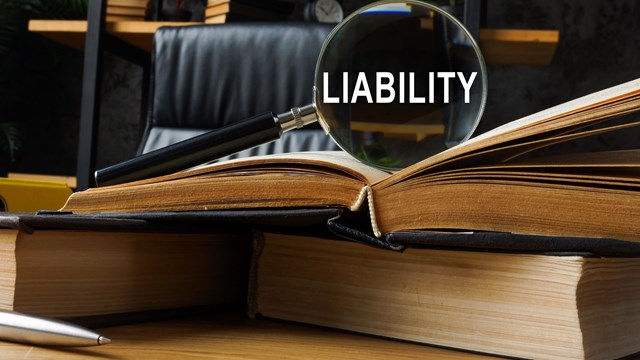

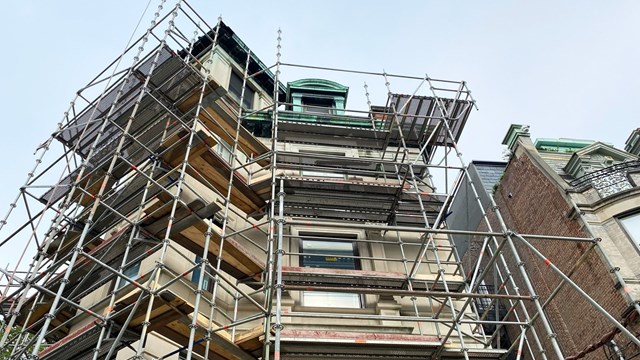
Leave a Comment